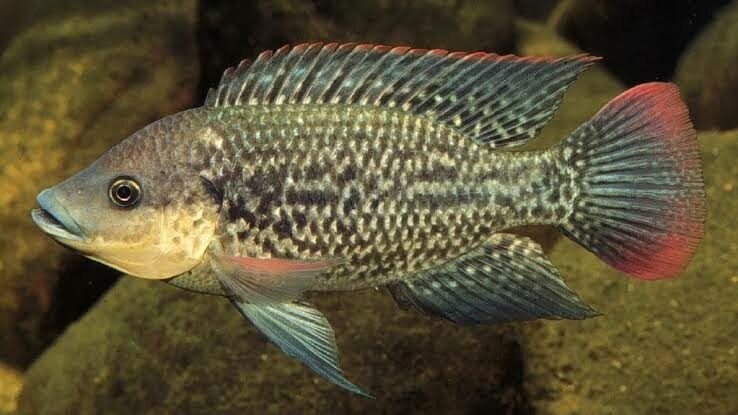Tilapia (Oreaochromis spp.) have the potential to significantly impact on ecosystems in Australia through adverse effects on water quality and instream habitat, as well as through negative interactions with native fishes and other aquatic fauna. To date, there are no confirmed reports of Tilapia occurring in the Murray-Darling Basin (MDB), but there are well established populations in Queensland, with at least three infested catchments bordering the northern Basin. Recent studies have indicated that, if introduced, Tilapia could become established in about 50% of the Basin. Action needs to be taken to minimise the risks of an incursion of Tilapia establishing in the MDB by concentrating actions on the northern Basin.
Findings:
The Action Plan provides a strategic framework for minimizing the risks of Tilapia incursions occurring in the MDB. Strategies and actions are listed under the following headings:
- Immediate actions.
- Coordination and stakeholder ownership.
- Prevention (natural dispersal and human aided dispersal).
- Preparedness (surveillance and rapid response capacity.
- Toolbox (tools available to manage tilapia and priority requirements for the development of new tools).
The Action Plan also lists possible funding sources and monitoring and evaluation requirements. The Action Plan has a 10-year lifespan after which it should be reviewed.
The Implementation Plan lists the key actions that should be undertaken in the first three years of the Action Plan. Coordination and community awareness were seen as the highest priorities given that the most likely pathway for Tilapia into the MDB was through human aided translocation. Specific priorities identified were:
- Establishment of a steering committee and community consultative committee.
- Implementation of immediate communication activities using existing education and extension materials and methods.
- Concentrating on increasing community understanding of the Tilapia threat, how to identify fish and how to report sightings.
- Concentrating initial communication activities on highest risk areas.
- Identify community “champions” to assist in communication activities.
Key messages:
The potential impacts of Tilapia on native fish in the MDB are significant and control measures are likely to be expensive and largely ineffectual if they do become established in the Basin. Prevention is by far the preferred option. Priority should be given to implementing the Action Plan to reduce the risks of a Tilapia incursion.



